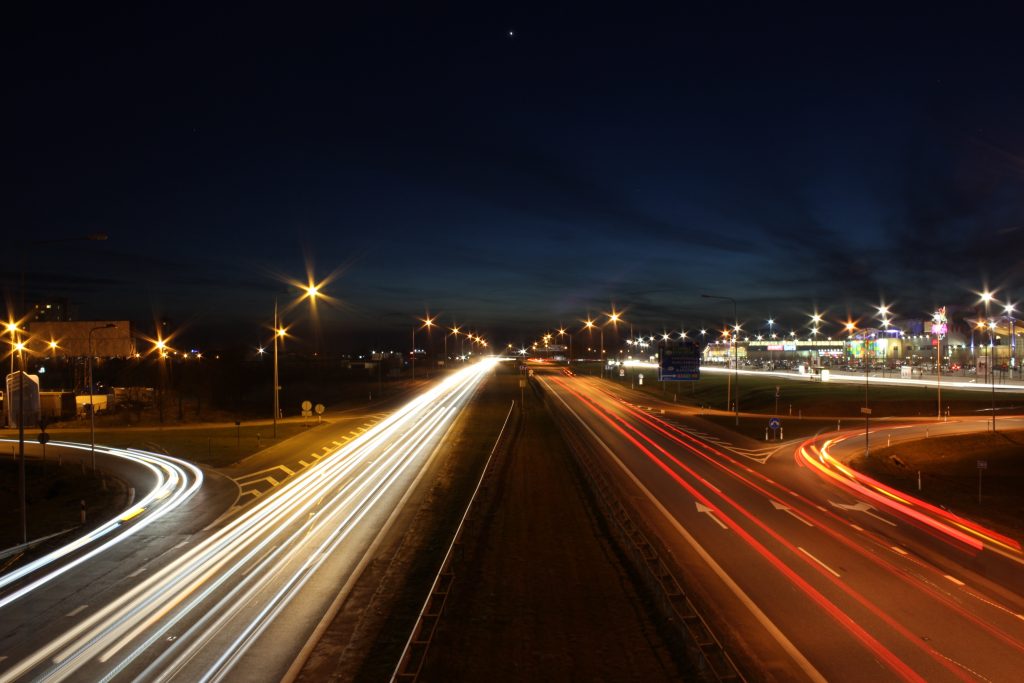- You are here:
- Home »
- Blog »
- Vision for Life »
- Illuminating changes in your night vision

Illuminating changes in your night vision
Every year, the clocks are turned back an hour at the end of October marking the end of the summer and making the night draw in earlier, reducing light in the winter months. This is usually a time that I see an influx of patients coming to see me regarding changes in their vision.
Insurance company Insure The Box, reported that there is a 10% increase in car accidents in the four weeks following the change to daylight saving time.
The most common problems are:
- Difficulties and blurry vision when reading.
- Having to get closer to road signs when driving at night. (see more about night driving here>>)
- More glare from the headlamps from oncoming cars.
- An increased time to adapt to seeing clearly in the dark.
Reading Getting More Difficult? In these cases, the print seems smaller, takes longer and more effort to focus or you have to hold the text further away to focus. The lower levels of light make the contrast between the letters and the page become reduced. The lack of light also starts to highlight areas in your vision where you may not be focusing as clearly as before and where reading glasses may now start to make more difference.
Finding Driving at Night Uncomfortable? When driving, you may have trouble seeing road signs or through the windscreen clearly. This means you have to get closer to road or street signs before being able to see them comfortably. This will inevitably reduce your reaction time and the ability to follow streets signs and or/a GPS display. Many drivers tell me they notice an increase in glare from oncoming headlights, making it extremely difficult to see the road and any hazards ahead.
Are Road Signs Smaller Than They Used To Be? When it comes to distance vision, in addition to the increase in pupil size, the eyes also have a tendency to become more short-sighted, again making the inconvenience of slightly reduced vision become a significant problem. For example, I frequently see people whose vision has inadvertently slipped to the wrong side of the driving standard at night causing a risk to themselves or others on the road.
An increase in glare from headlights at night is another common complaint reported at this time of year. It can make driving very difficult, even dangerous because the glare can be blinding. The most frequent cause is uncorrected blurry vision which is easily remedied with glasses as the blurriness increases the size of headlights.
Are They Making Headlights Brighter Than Before? The next most common cause is cataracts. This is part of the normal aging process of the eyes, when the lens inside becomes progressively cloudy. This makes lights have a glare similar to driving in foggy conditions or halos seen around lights. Other causes include LASIK or laser surgery to correct short sightedness. This type of surgery can affect the edges of the cornea (the front surface of the eye) which can give a glare when the pupil is larger in lower light.
Does It Take Longer to be Comfortable to See in the Dark? Another frequent problem reported at this time of year is a slower adaptation to the lower light levels. For example, some people find the dark “too dark” and it takes longer for your vision to get used to the dark when going outside from indoors. There are several reasons for this, including age, smoking, diabetes, vitamin, nutrient deficiency or some retinal problems. Studies have shown that smoking can reduce night vision by 30% (and up to 50% in those wearing glasses). Diabetes can affect the retina and one of the early signs can be poor night vision. Vitamin A deficiency can produce difficulties, although a rare cause of weak night vision. This is also true of zinc which helps vitamin A to work. A lack of sleep can also cause an impaired ability for the eyes to adapt to the lower light levels and to react to visual demands, such as driving.
Retinal problems such as Macula Degeneration can also reduce the ability to adapt to the dark (and from dark to light). Nutrients can provide some help in these cases. Green leafy vegetables and coloured fruit such as blueberries are a great source of antioxidants, helping produce the natural pigments that help the retina see.In addition, vitamin A, meat and nuts are rich in zinc. Alternatively, Central Vision Opticians have these nutrients (and other ingredients for the eyes) in an easy tablet form.
Top Five Tips for Night Vision Problems
- Have an eye test. This will detect if the problem is simple, such as needing glasses or something that needs more investigation.
- Have a good pair of glasses with lenses that are clean and free of scratches. An anti-reflective coating will significantly reduce glare on the lens from headlights and street lighting.
- Eat a healthy balanced diet. Ask your Optometrist or doctor for advice.
- Get a good night’s sleep to ensure that conditions such as diabetes are kept under control.
- If this applies to you, stop smoking.
About the Author admin
Related Posts
Visual Development Milestones – What should my child see or do?
Walter and Herbert – Why is this our favourite range?
Optomap: The world’s most advanced scan of your retina
Convergence Insufficiency
2018 Vision-Boosting Toy and Games Christmas Gift List
Visual Tracking – The hidden cause of poor reading skills
Life is too short for boring glasses
The Essential Visual Skills Your Child Needs To Read
Popular posts
Session expired
Please log in again. The login page will open in a new tab. After logging in you can close it and return to this page.
